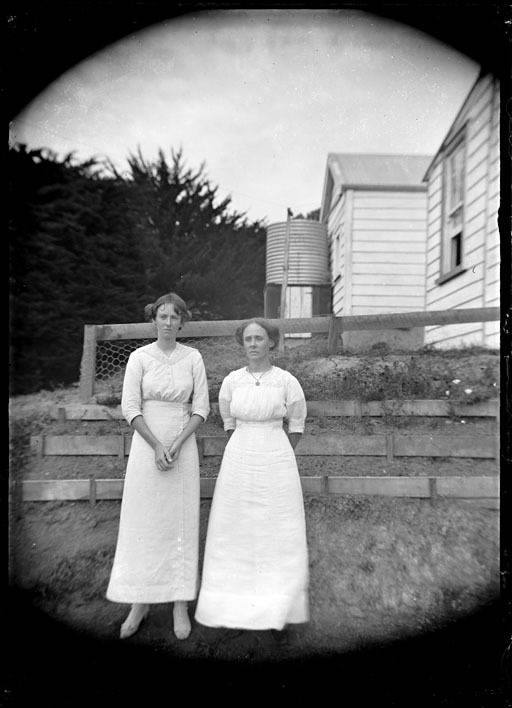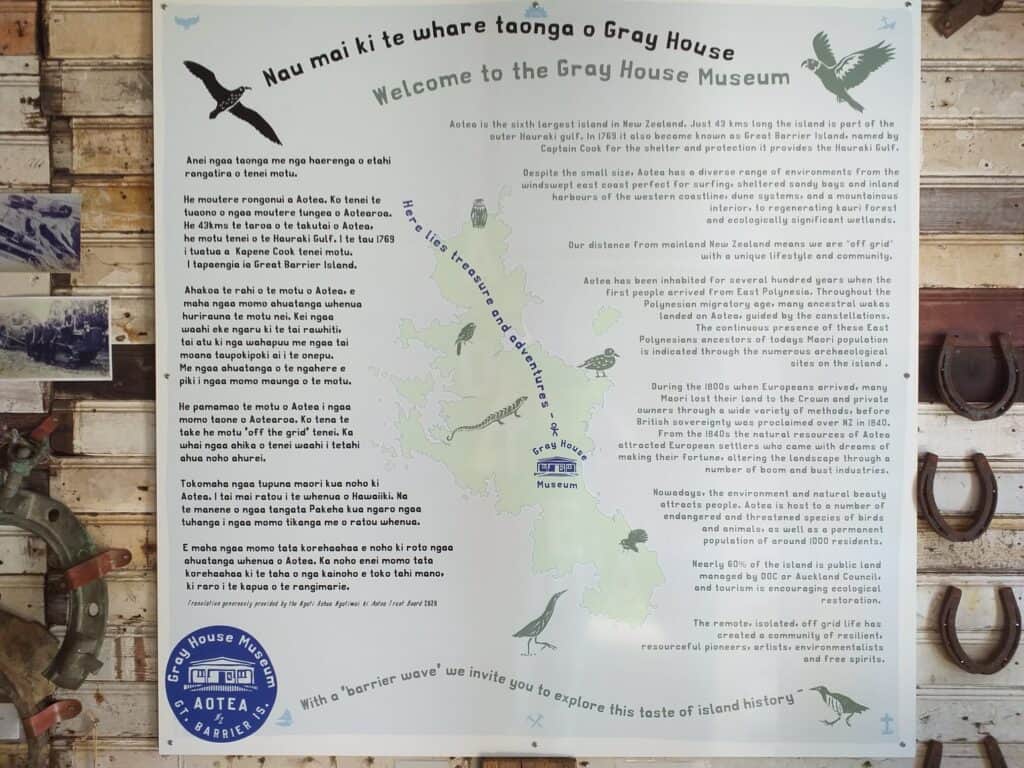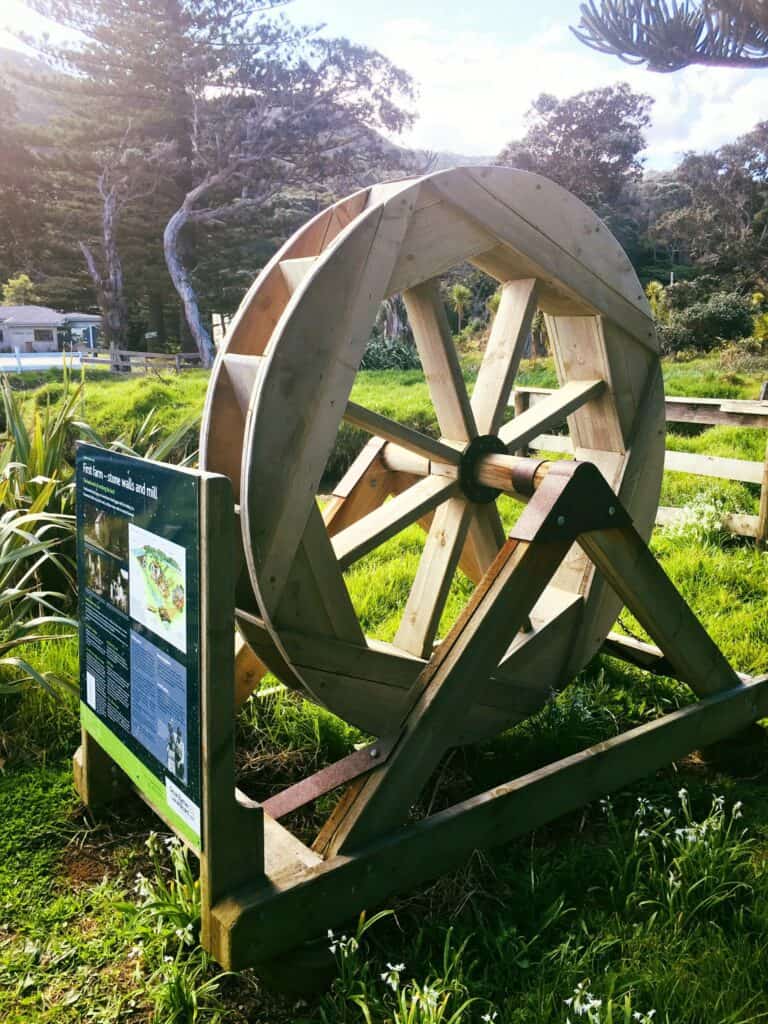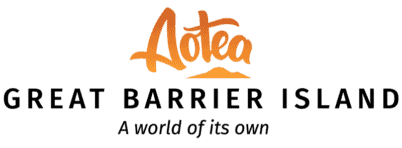Aotea/Great Barrier Island has a rich history. It dates back to the very first settlement of New Zealand by the East Polynesian ancestors of today’s Maori population Ngati Rehua Ngati Wai ki Aotea, who trace their ancestry over many centuries to the original inhabitants. Throughout the Polynesian migratory age, many ancestral waka landed on the shores of Aotea, guided by the constellations. The first Polynesian wayfinder, Kupe, landed on our shores, calling it Okupe. Over the years this has changed to Okupu, still a name for one of our settlements now.
Captain James Cook charted the New Zealand Coast as part of his 1768-1771 expedition to observe the transit of Venus across the Sun. He named the island Great Barrier in 1769 for the shelter and protection it provides to the Hauraki Gulf. From the 1840s, the Island’s natural resources attracted European settlement. A number of boom and bust industries exploited the Island’s mature kauri forests, minerals (copper, silver, gold) and migrating whales.
Descendants of the early European settler families still live on Great Barrier Island. Roads are named after the Blackwells, Medlands, Sandersons and Grays, and some families have been continuously on the island for more than 150 years. Old homesteads can still be seen with Ollies Cottage, built in the 1860s, still standing at Puriri Bay and homesteads at Harataonga, Tryphena, and Port Fitzroy reminding visitors of colonial times. Tryphena School was built in 1884 and is now used as a community service building.
There are many books available online and at different outlets throughout the island that share the history and tales of the island. Many accommodations have them stowed away on the bookshelf or pick one up for your coffee table at home.
Great Barrier Island history group create publications about the history of the island and hold historical records of the island.




